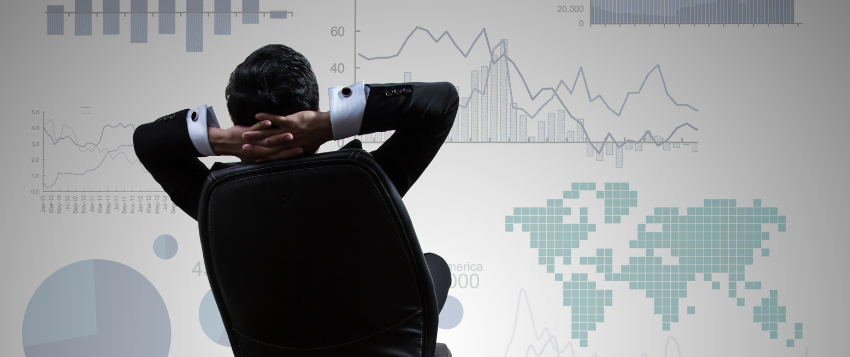Economic Indicators – An Investor’s Crystal Ball
Economies naturally experience fluctuations known as business cycles, which consist of alternating periods of expansion and contraction. These cycles are a normal part of economic activity, and understanding them can help individuals and businesses make informed decisions regarding investments and financial planning. To determine where an economy stands in the cycle, analysts and policymakers rely on economic indicators, which can broadly be classified into leading and lagging indicators.




